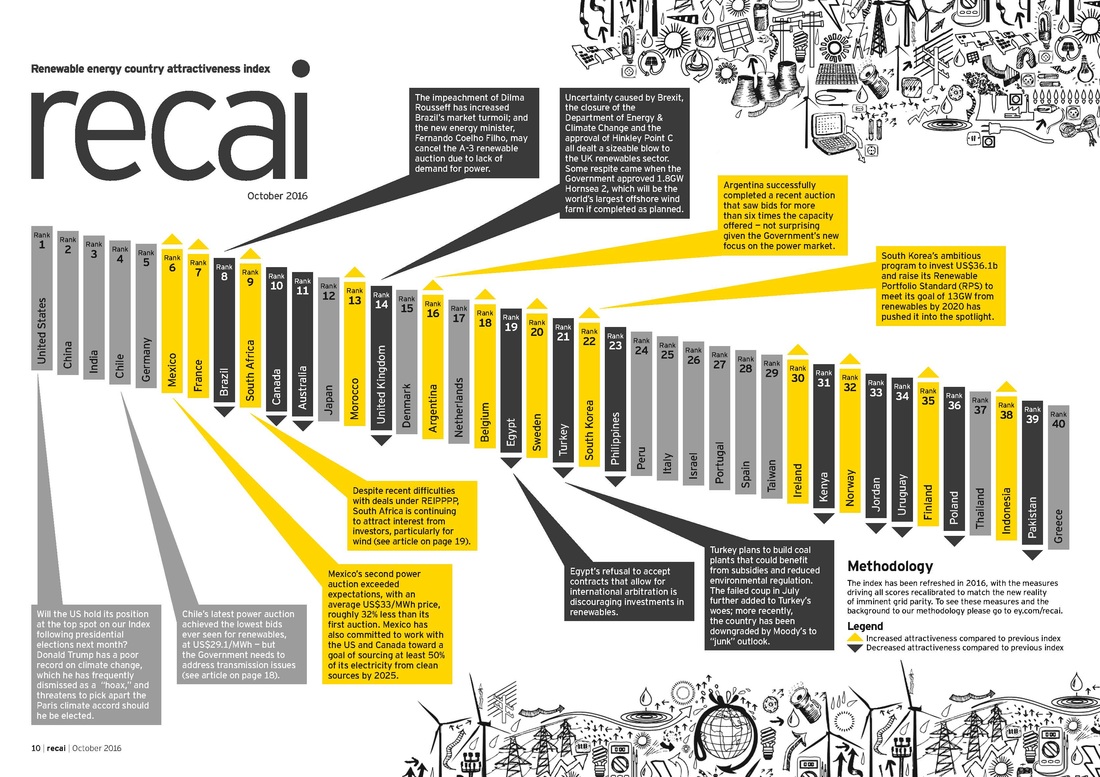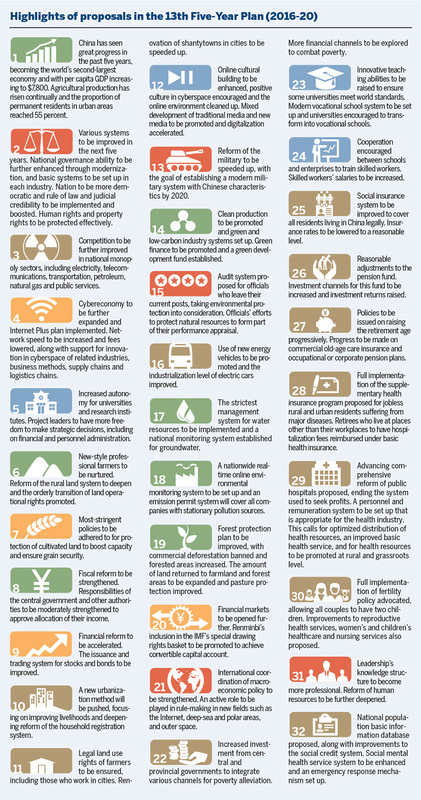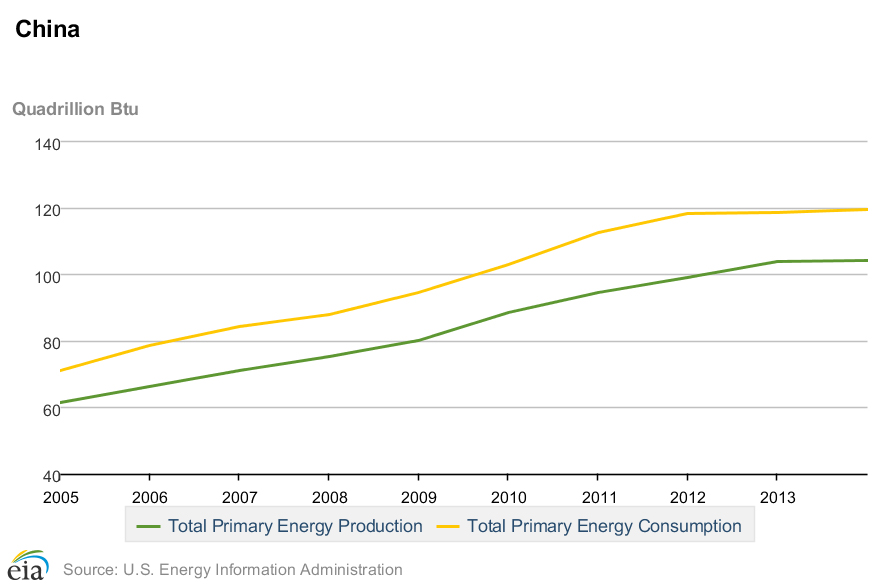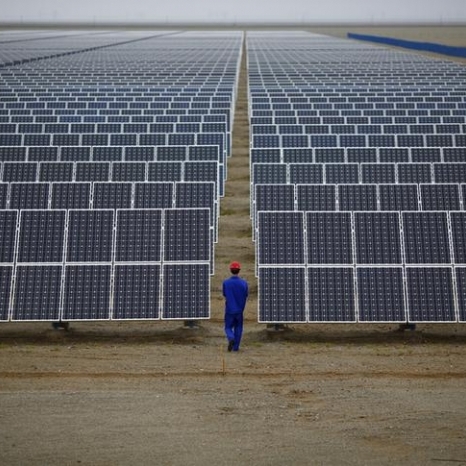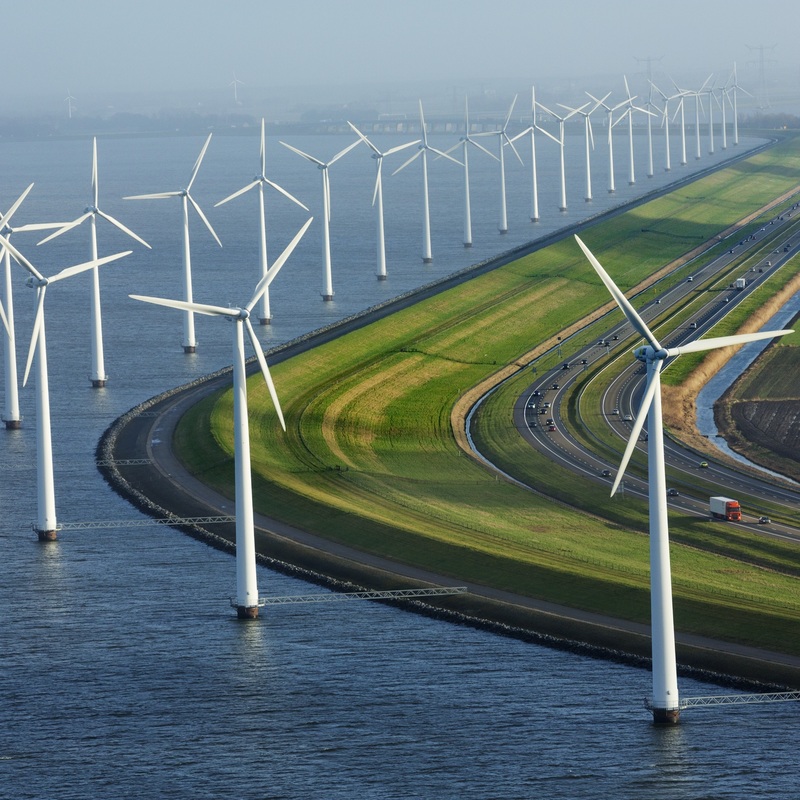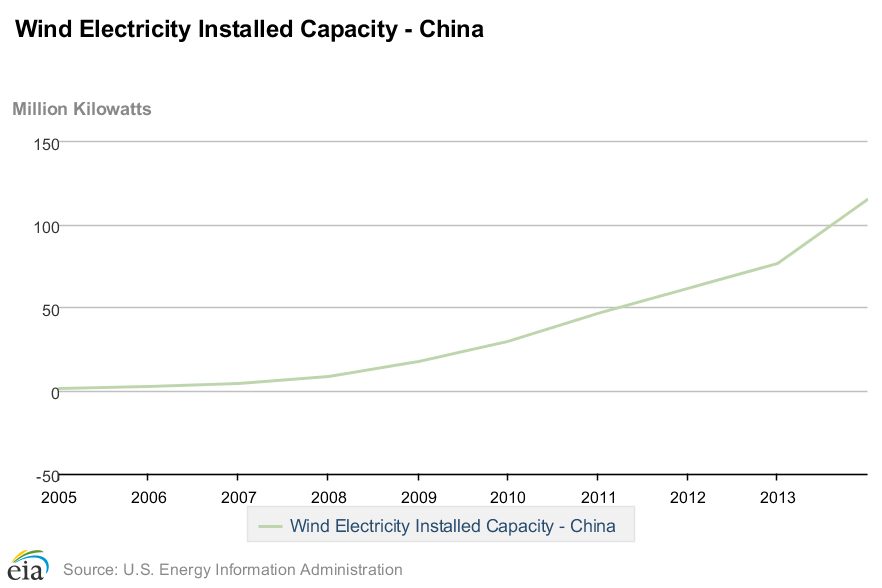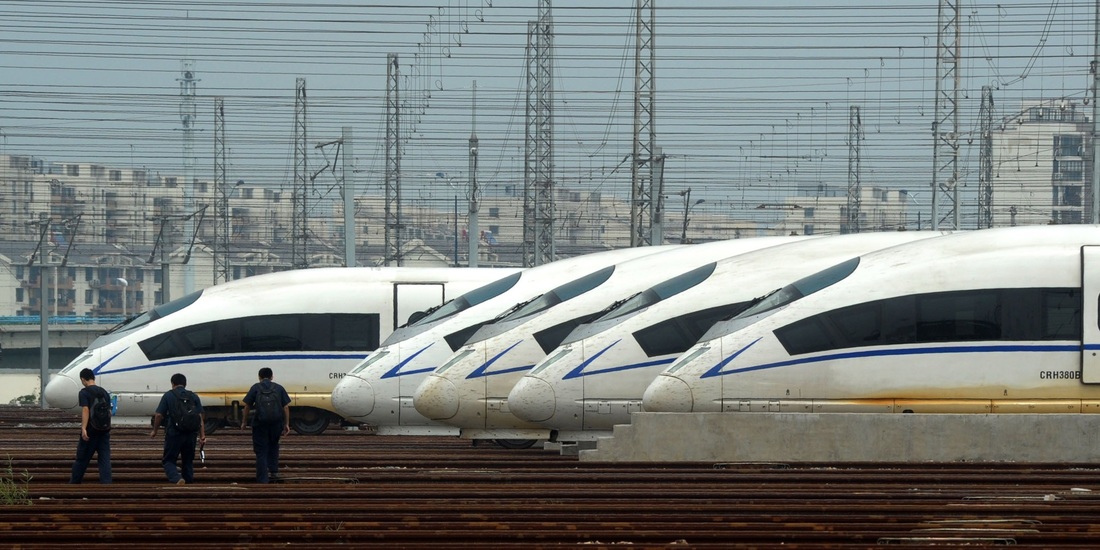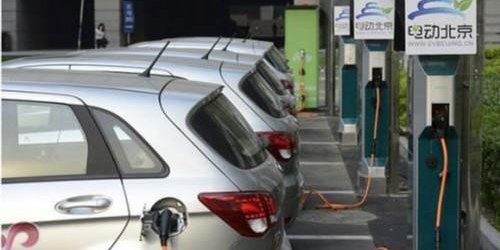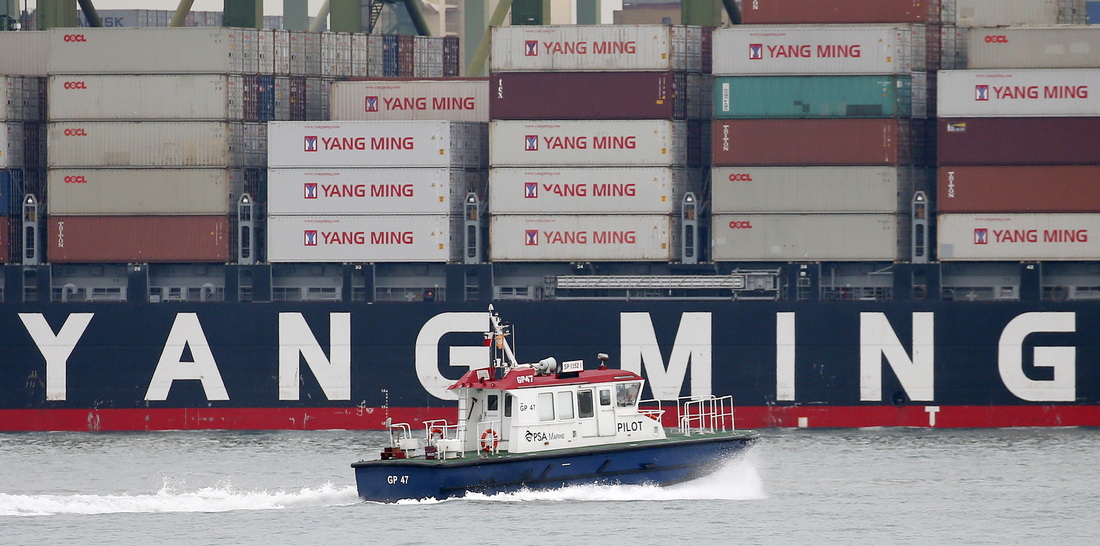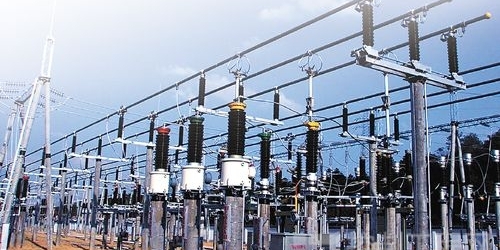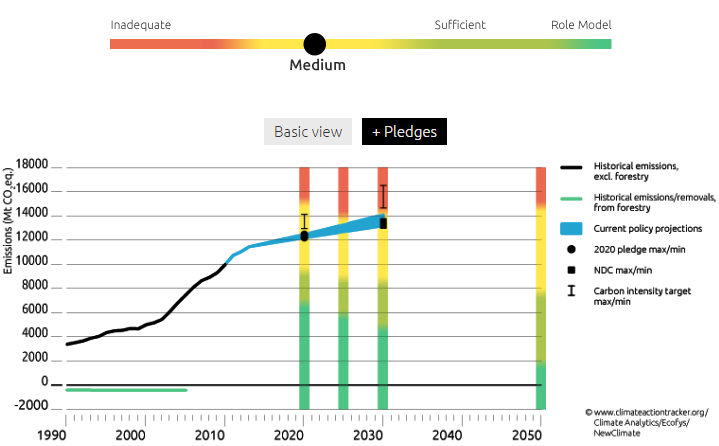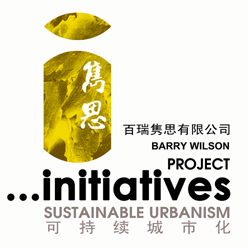|
No Stopping Rapid Change
07/12/2016
barrysays
The recent US presidential election has manifestly influenced world outlook. At a recent little get together in the studio we discussed the reality of climate change and evaluated, in a soon to be ‘Trumped Up’ world that’s already a year on from the Paris Agreement on Climate Change, if action on the ground was actually meeting the clear targets of the Agreement and how rapidly we could expect further change in our world.
Paris Agreement targets:
Barry Wilson is a Landscape Architect, urbanist and university lecturer. His practice, Barry Wilson Project Initiatives, has been tackling urbanisation issues in Hong Kong and China for over 20 years. (www.initiatives.com.hk).
2016/10/27
Wars of the Road 2016/08/26 When Fantasy Becomes Reality 2016/06/16 Change Is Coming...Too Fast Or Not Fast Enough? |
List of Related Guidelines under the 13th Five-year Plan
1. 2016-11-25 New Rules for Forest Property System 2. 2016-11-21 Efforts to Control Pollution Discharge 3. 2016-11-17 China Approves New Guideline on Environmental Improvements 4. 2016-11-17 Changes at Five Nature Reserves 5. 2016-11-10 State Council to Push FTZ Reforms 6. 2016-11-08 5-year National Plan on Mineral Resources 7. 2016-11-04 Efforts to Promote Green Development 8. 2016-10-24 Guidelines on 13th Five-Year Plan 9. 2016-10-20 China Promotes Modern Agriculture 10. 2016-10-11 Plan to Grant Hukou to Rural Migrants 11. 2016-09-29 Internet Plus Governance 12. 2016-09-28 New Ecological Zones Approved 13. 2016-09-27 New Measures to Fight Rural Poverty 14. 2016-08-08 China to Boost Scientific and Technological Innovation 15. 2016-08-05 Rural Migrants’ Urbanization Urged 16. 2016-07-13 Plan for Revitalizing Revolutionary Bases 17. 2016-06-21 China to Integrate Transport, Logistics 18. 2016-06-03 Measures to Boost Rental Housing 19. 2016-05-31 Efforts to Prevent Soil Pollution 20. 2016-05-20 Guideline for Innovation-Driven Development 21. 2016-05-10 New National Nature Reserves are Built 22. 2016-05-09 Transformation of Sci-Tech Success 23. 2016-04-21 Internet Plus Action Plan for Circulation 24. 2016-03-25 Second-Hand Vehicle Trading Promoted 25. 2016-03-08 Better Protection for Cultural Relics Reference:
[1] http://climateactiontracker.org/countries/china.html [2] https://www.chinafile.com/reporting-opinion/environment/how-chinas-13th-five-year-plan-addresses-energy-and-environment [3] http://uk.reuters.com/article/china-coal-closures-idUKL3N1551R4 [4] http://www.renewableenergyworld.com/articles/2016/04/china-s-pv-industry-slated-for-high-growth-over-the-next-five-years.html [5] http://www.worldwatch.org/node/6255 [6] http://science.sciencemag.org/content/325/5946/1378.abstract [7] https://www.fleetcarma.com/ev-sales-usa-2016-half-year/ [8] https://www.nrdc.org/experts/barbara-finamore/how-china-taking-major-steps-control-shipping-air-pollution [9] National Development and Reform Commission [10] Bloomberg New Energy Finance, Q1 2016 Digital Energy Market Outlook , 25 February 2016 [11] http://climateactiontracker.org/countries/china.html |
Services |


